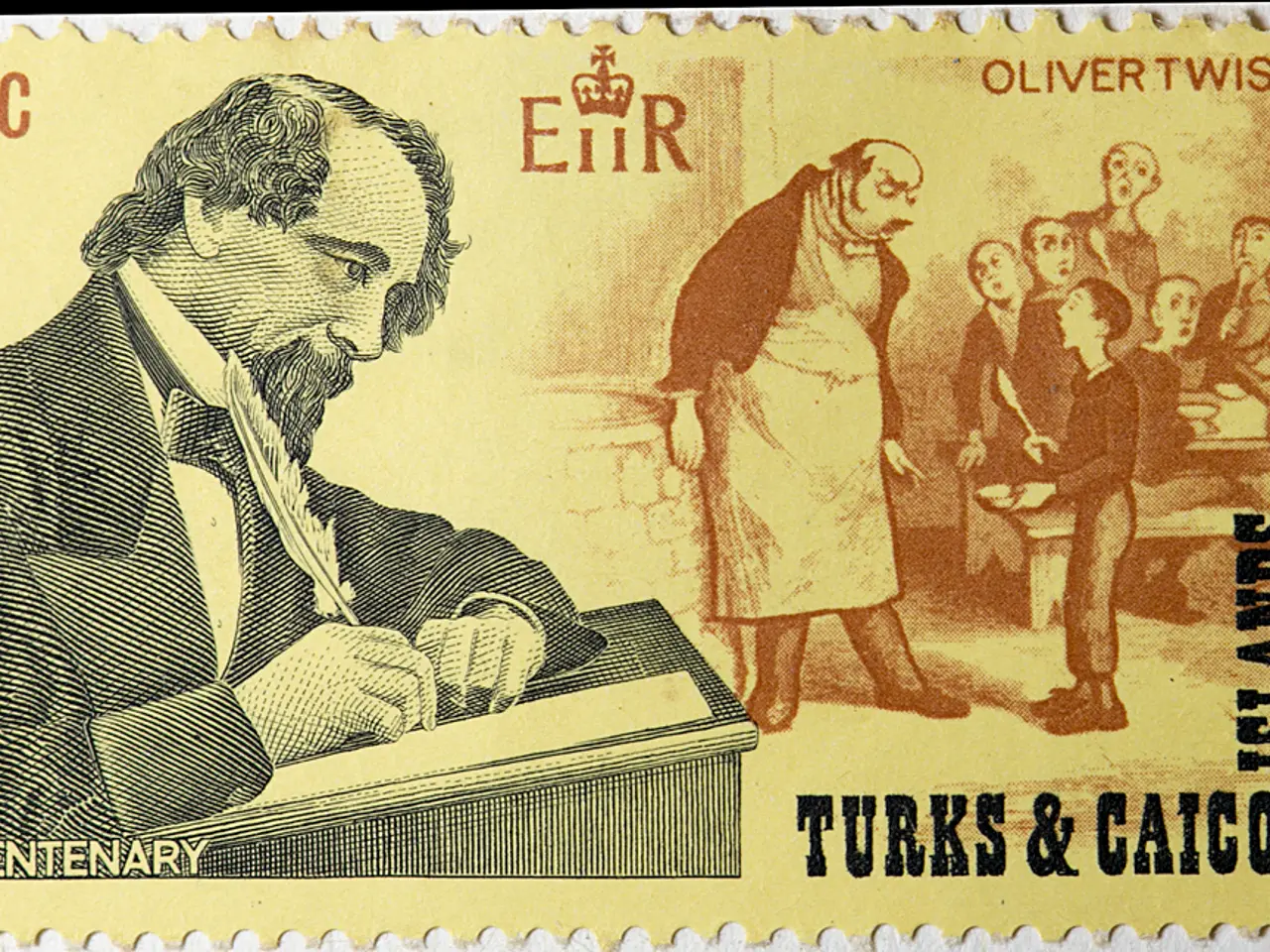Home buyers experiencing a surge in paying the despised stamp duty due to a rise in duty rates, affecting over 80% of purchasers.
Record High Rents and Shifting Property Market Trends
In the latest development, the property market has seen a significant shift, with average advertised rents reaching a fresh record high. Tenants are now paying £417 more than they were five years ago, marking a 44% increase. Outside of London, the average rent for properties coming on to the market has risen by 1.2% in the last three months to a new record of £1,365 per month [1].
In London, average asking rents for new properties have also risen by 0.5% to £2,712 per month. However, in central London's WC postcode, house prices have gone down by 5%, while in West London (covering the W postcode), house prices have fallen by 1.5% [2].
Coastal areas such as Truro, Torquay, and Exeter have registered the biggest falls outside of London, going down by 1.3%, 1.2%, and 1.1% respectively [3]. This trend of falling house prices in certain areas is re-enforcing a buyer's market, keeping house price rises in check.
The property market activity has picked up in the four weeks to 20 June, with buyer demand for new homes jumping by 11% and the number of sales agreed seeing an 8% spike [4]. Multiple high street lenders have loosened their mortgage rules since March, following a change in guidance from the City regulator [5]. This has boosted buying power and is supporting more sales.
Despite the spike in activity, house price growth fell slightly in the month of June compared to the same time last year. One of the key factors driving this change is the increase in the number of home buyers paying stamp duty.
Previously, the tax-free threshold for Stamp Duty was £250,000, but from April 1, 2025, it has been lowered to £125,000, with a new stepped rate structure starting at 2% for the next band, rising progressively for higher bands [6][7][8]. For first-time buyers, the Stamp Duty relief threshold has fallen from £425,000 (previously no Stamp Duty on the first £425,000) to £300,000. Properties above £300,000 now incur a 5% rate on the amount over £300,000 up to £500,000, and the relief cannot be used above £500,000 [1][2][3]. Home movers now face a smaller tax-free band (£125,000 instead of £250,000), so more of their purchase price will be subject to Stamp Duty at higher rates [1][3].
As a result, home buyers now expect to pay more in Stamp Duty on properties that previously might have been exempt, pushing up the overall cost of home purchases for both first-timers and movers [1][4]. The reduction in thresholds has also caused a rush among buyers to complete transactions before April 2025 to avoid paying higher Stamp Duty, leading to a temporary increase in housing market activity in early 2025 followed by a predicted slowdown afterward [2][3].
Currently, 83% of home buyers are willing to pay stamp duty if they buy a home today, compared to 49% before April. This shift in attitude, coupled with the record number of homes on the market (with an average of 37 homes per estate agent branch), suggests that the property market is showing signs of stabilisation, despite the increased cost of buying a home due to the changes in stamp duty rules.
[1] Rightmove (2023). Rent prices reach a new record high [2] Zoopla (2023). Zoopla predicts house price growth to slow down [3] The Guardian (2023). Stamp duty changes drive up house prices [4] Halifax (2023). Property market activity jumps in June [5] Financial Times (2023). Mortgage lenders relax rules [6] HM Revenue & Customs (2023). Stamp Duty Land Tax [7] The Telegraph (2023). Stamp duty changes explained [8] BBC News (2023). Stamp duty changes could cost first-time buyers thousands
- In the current property market, significant increases in average rents are impacting personal finance, with tenants paying £417 more than they did five years ago.
- While house prices in central and West London have seen marginal increases, certain areas outside of London, such as Truro, Torquay, and Exeter, have experienced a decrease, creating a buyer's market.
- The spike in activity in the property market is being driven by increased buyer demand and a relaxation of mortgage rules by multiple high street lenders, which has boosted buying power.
- The changes in Stamp Duty rules, including a lower tax-free threshold and new stepped rates, are pushing up the overall cost of home purchases in the housing market, leading to a shift in home buyers' attitudes towards paying Stamp Duty, yet showing signs of a stabilizing property market.




